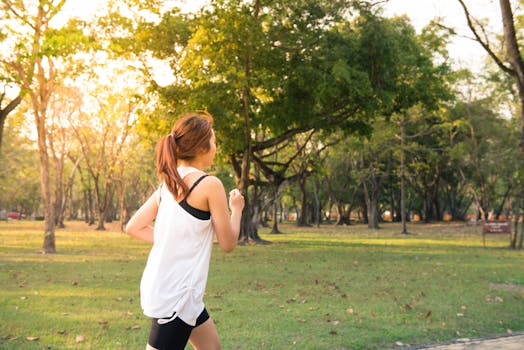
Why Mobility Matters for Runners
Mobility is crucial for runners who want to improve performance and prevent injuries. When your joints move freely and muscles are flexible, your running form becomes more efficient, and your body is able to absorb the impact of every stride.
Key Mobility Areas for Runners
- Hips: Mobile hips contribute to a longer stride and minimize energy waste.
- Ankles: Flexible ankles allow for better push-off and can help avoid common injuries like Achilles tendinitis.
- Hamstrings: Adequate hamstring mobility supports a healthy running gait.
- Thoracic Spine: Good upper back mobility encourages better posture and breathing.
Top Mobility Exercises
- Hip Flexor Stretch: Kneel on one knee, push hips forward, and hold to stretch the front of your hip.
- World’s Greatest Stretch: A lunge-based stretch that targets the hips, thoracic spine, and groin.
- Ankle Circles: Move your ankles through their full range of motion to improve flexibility.
- Dynamic Hamstring Sweeps: Stand tall, kick one leg out with heel on the ground, and sweep forward bending at the waist.
Tips for Effective Mobility Work
- Perform mobility exercises both before and after runs.
- Move slowly and with control, focusing on your breath.
- Don’t force stretches—aim for a gentle, consistent pressure.
- Stay consistent: 10-15 minutes a day is enough to see improvements.
Conclusion
Prioritizing mobility work can make a dramatic difference in your running performance and longevity. Incorporate these essential movements into your routine to run stronger, faster, and pain-free for years to come.
Comments
Post a Comment